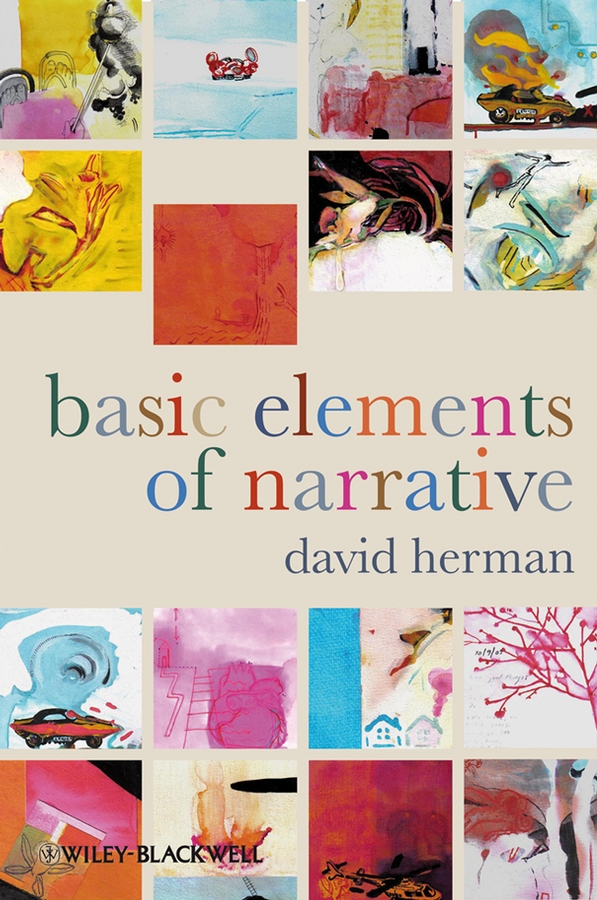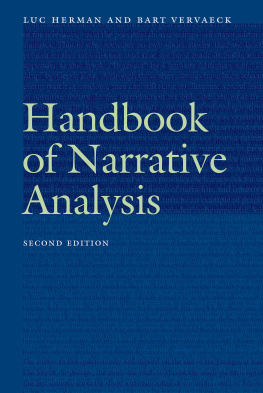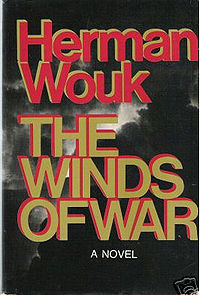David Herman - Basic Elements of Narrative
Here you can read online David Herman - Basic Elements of Narrative full text of the book (entire story) in english for free. Download pdf and epub, get meaning, cover and reviews about this ebook. year: 2011, publisher: Wiley, genre: Art. Description of the work, (preface) as well as reviews are available. Best literature library LitArk.com created for fans of good reading and offers a wide selection of genres:
Romance novel
Science fiction
Adventure
Detective
Science
History
Home and family
Prose
Art
Politics
Computer
Non-fiction
Religion
Business
Children
Humor
Choose a favorite category and find really read worthwhile books. Enjoy immersion in the world of imagination, feel the emotions of the characters or learn something new for yourself, make an fascinating discovery.

- Book:Basic Elements of Narrative
- Author:
- Publisher:Wiley
- Genre:
- Year:2011
- Rating:3 / 5
- Favourites:Add to favourites
- Your mark:
- 60
- 1
- 2
- 3
- 4
- 5
Basic Elements of Narrative: summary, description and annotation
We offer to read an annotation, description, summary or preface (depends on what the author of the book "Basic Elements of Narrative" wrote himself). If you haven't found the necessary information about the book — write in the comments, we will try to find it.
Basic Elements of Narrative — read online for free the complete book (whole text) full work
Below is the text of the book, divided by pages. System saving the place of the last page read, allows you to conveniently read the book "Basic Elements of Narrative" online for free, without having to search again every time where you left off. Put a bookmark, and you can go to the page where you finished reading at any time.
Font size:
Interval:
Bookmark:


This edition first published 2009 2009 David Herman
Blackwell Publishing was acquired by John Wiley&Sons in February 2007. Blackwells publishing program has been merged with Wileys global Scientific, Technical, and Medical business to form Wiley-Blackwell.
Registered Office
John Wiley&Sons Ltd, The Atrium, Southern Gate, Chichester, West Sussex, PO19 8SQ, United Kingdom
Editorial Offices
350 Main Street, Malden, MA 02148-5020, USA
9600 Garsington Road, Oxford, OX4 2DQ, UK
The Atrium, Southern Gate, Chichester, West Sussex, PO19 8SQ, UK
For details of our global editorial offices, for customer services, and for information about how to apply for permission to reuse the copyright material in this book please see our website at www.wiley.com/wiley-blackwell.
The right of David Herman to be identified as the author of this work has been asserted in accordance with the Copyright, Designs and Patents Act 1988.
All rights reserved. No part of this publication may be reproduced, stored in a retrieval system, or transmitted, in any form or by any means, electronic, mechanical, photocopying, recording or otherwise, except as permitted by the UK Copyright, Designs and Patents Act 1988, without the prior permission of the publisher.
Wiley also publishes its books in a variety of electronic formats. Some content that appears in print may not be available in electronic books.
Designations used by companies to distinguish their products are often claimed as trademarks. All brand names and product names used in this book are trade names, service marks, trademarks or registered trademarks of their respective owners. The publisher is not associated with any product or vendor mentioned in this book. This publication is designed to provide accurate and authoritative information in regard to the subject matter covered. It is sold on the understanding that the publisher is not engaged in rendering professional services. If professional advice or other expert assistance is required, the services of a competent professional should be sought.
Library of Congress Cataloging-in-Publication Data
Herman, David, 1962
Basic elements of narrative / by David Herman.
p. cm.
Includes bibliographical references and index.
ISBN 978-1-4051-4153-6 (hardcover : alk. paper)ISBN 978-1-4051-4154-3 (pbk. : alk. paper) 1. Narration (Rhetoric) I. Title.
PN212.H46 2009 808dc22
2008023250
For Susan, whose story is interwoven with mine
Preface
The Scope and Aims of This Book
This book outlines a way of thinking about what narrative is and how to identify its basic elements across the many communicative media in which stories are produced and interpreted, exchanged and transformed. Relevant storytelling media range from print texts, television, and spoken discourse in face-to-face interaction to comics and graphic novels, cinema, and computer-mediated environments such as e-mail, blogs, hypertext narratives, and interactive fiction. (I focus special attention here on face-to-face storytelling, print texts, graphic narratives that involve wordimage combinations, and, to a lesser extent, film.) The book does not purport to offer an exhaustive survey of competing approaches to the problems of narrative study into which it delves from a specific, focused perspective. Yet that perspective, which I hope will prove relevant for creators of stories as well as narrative analysts, is itself a distillation of ideas developed by scholars working in quite disparate traditions within the field and also in other, more or less closely neighboring fields. Thus, even as it makes its own case for how to characterize core features of narrative and cross-compare the way those features manifest themselves in various storytelling media, the book does provide a synoptic introduction to key ideas about narrative. In this sense, the book is designed both to whet the readers appetite for more details about the traditions of narrative scholarship in which my own study is grounded, and to provide a basis for assessing those traditions from the vantage-point developed here.
Chapter 1 gives a thumbnail sketch of the overall approach. In this opening chapter I suggest that narrative can be viewed under several profiles as a cognitive structure or way of making sense of experience, as a type of text, and as a resource for communicative interaction and I then use this multidimensionality of narrative as a basis for analyzing it into its fundamental elements. I specify four such elements, arguing that they will be realized in any particular narrative in a gradient, more-or-less fashion; hence these elements in effect constitute conditions for narrativity, or what makes a story (interpretable as) a story. After this initial synopsis of my overall argument, chapter 2 interrupts the exposition of the model to review some recent developments in the field of narrative inquiry, providing background and context for my approach. The remaining chapters of the book pick back up with the explication of the model outlined in chapter 1, zooming in on each of the four basic elements in turn. Chapter 3 focuses on the element of situatedness, or how stories are grounded in ( both shape and are shaped by) particular discourse contexts or occasions of telling, providing an overview of some the frameworks that have been developed for studying this aspect of narrative. Chapter 4, which is concerned with the second basic element, event sequencing, steps back from my primary case studies to examine the conceptual underpinnings of the claim that modes of representation can be more or less prototypically narrative, invoking the ideas of text types and text-type categories for this purpose. The chapter uses these ideas to highlight, first, the specific kind of causal-chronological structure that serves to distinguish stories from descriptions, and second, the concern with particularized events (rather than general patterns and trends) that sets stories apart from certain kinds of explanations.
Chapters 5 and 6 bring my main case studies back into the foreground to explore, respectively, the third and fourth elements: on the one hand, worldmaking/world disruption; on the other hand, how stories represent and perhaps make it possible to experience what its like to undergo events within a storyworld-in-flux. In chapter 5, I draw on Nelson Goodmans suggestive idea of ways of worldmaking (Goodman 1978) to examine what is distinctive about the process by which people use spoken and written discourse, images, gestures, and other symbolic resources as blueprints for creating and updating storyworlds, or global mental models of the situations and events being recounted in a narrative. In chapter 6, I probe the storymind interface from two different perspectives, discussing how the representation of experiencing minds constitutes a critical property of narrative but also how narrative might afford crucial scaffolding for conscious experience itself. Finally, the glossary at the end of the volume assembles some keywords for narrative study, as well as a list of foundational studies where more information about these keywords can be found.
As this summary suggests, there are multiple routes through the book, which has been designed to accommodate the background and interests of different kinds of readers. Rather than following the chapters in sequence, readers who are unfamiliar with the range of recent scholarship on narrative may wish to begin with chapter 2 to get their bearings within the field, next move back to the synopsis of the model in chapter 1, and then pick up with its further development in chapters 3 and following. Readers with more expertise in narrative theory, meanwhile, may wish to concentrate instead on my characterization of the basic elements of narrative. Alternatively, advanced readers may wish to focus their attention on specific chapters dealing with particular narrative elements.
Font size:
Interval:
Bookmark:
Similar books «Basic Elements of Narrative»
Look at similar books to Basic Elements of Narrative. We have selected literature similar in name and meaning in the hope of providing readers with more options to find new, interesting, not yet read works.
Discussion, reviews of the book Basic Elements of Narrative and just readers' own opinions. Leave your comments, write what you think about the work, its meaning or the main characters. Specify what exactly you liked and what you didn't like, and why you think so.







